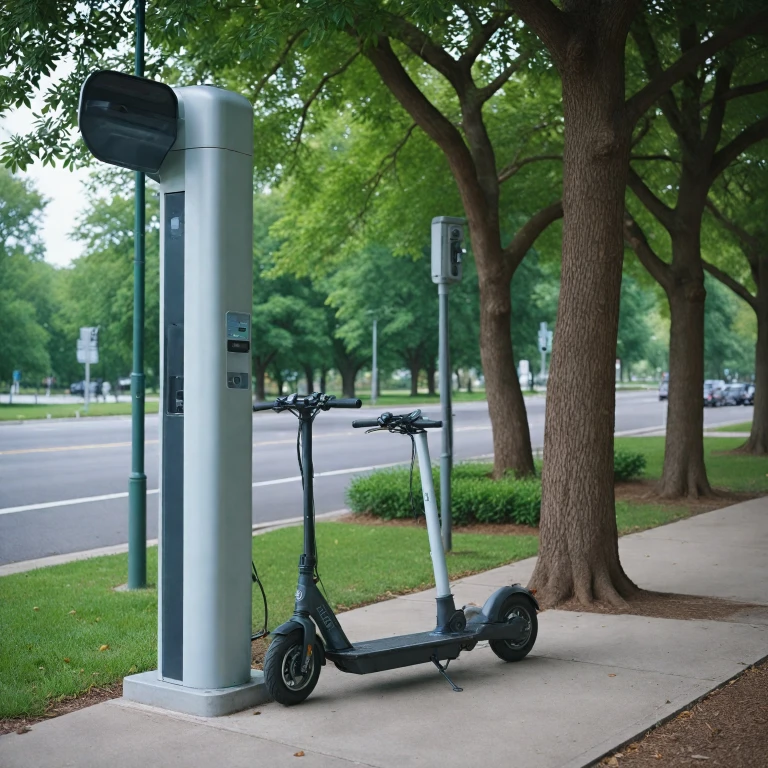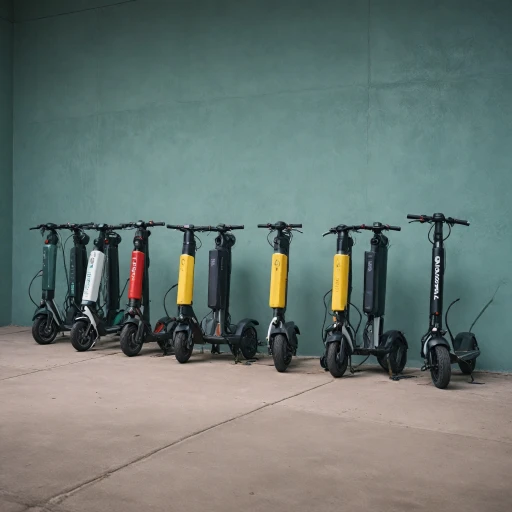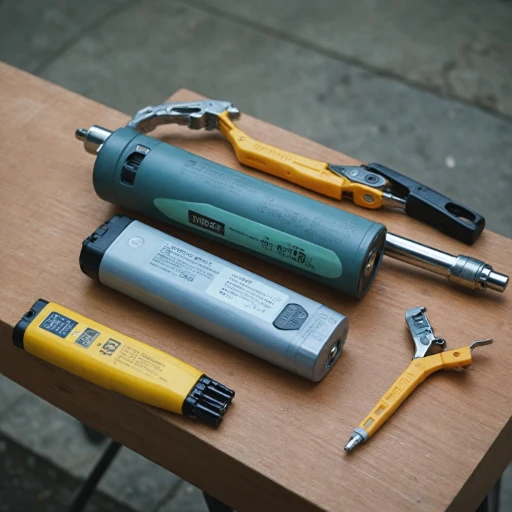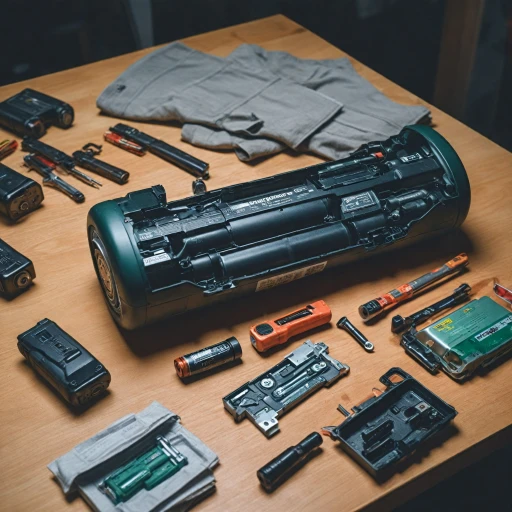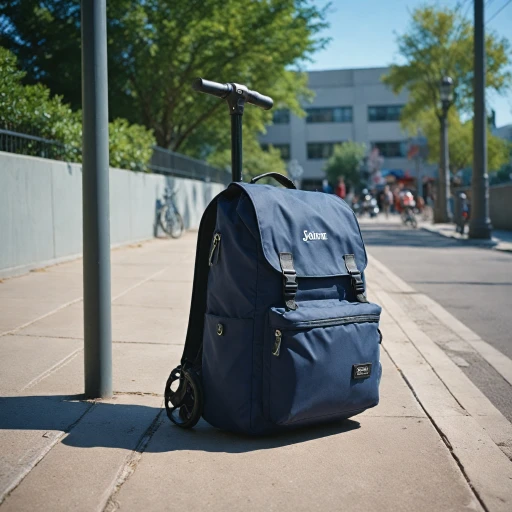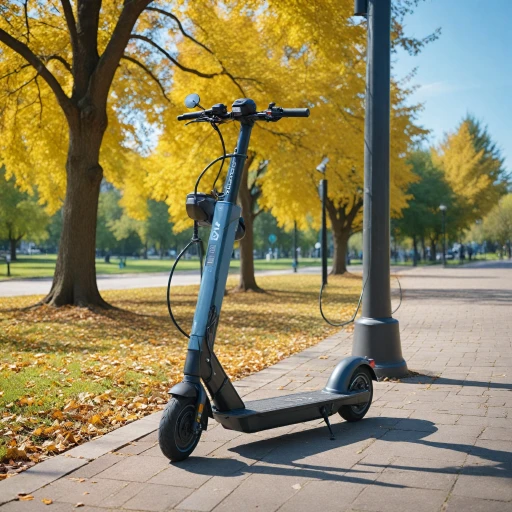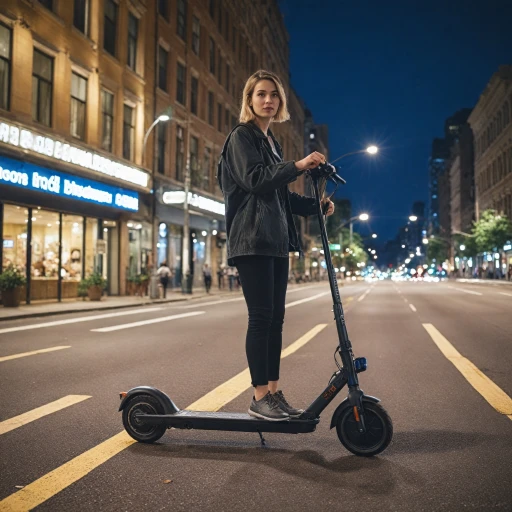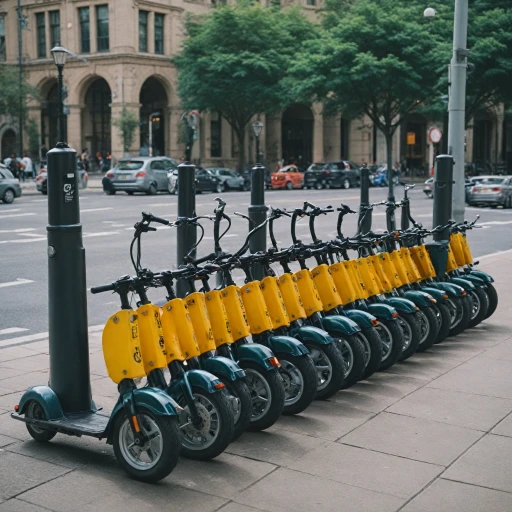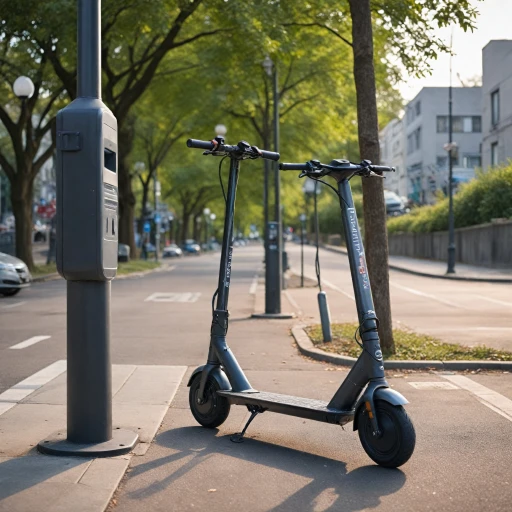
The Basics of Charging an Electric Scooter Bike
Understanding the Charging Needs of Your Scooter Bike
When it comes to charging your electric scooter bike, it's essential to start with the fundamentals. An understanding of how the battery, charger, and various other parts interact can make the process easier and more efficient. Electric scooter bikes are typically powered by a volt amp battery pack. These packs are composed of multiple batteries that require a compatible charger to provide adequate power. The charger delivers electricity via a pin xlr port, filling the batteries with the necessary charge. ### Key Components- Battery: The core of an electric scooter; its storage capacity and health significantly affect performance and range.
- Charger: Supplies the power needed to recharge the battery pack. Each charger is designed to operate with specific battery volt amp ratings, commonly referred to as volt battery or volt pack.
- Charger Port: The connection point on the scooter where the charger is plugged in, often located in the port house area.
Choosing the Right Charger for Your Scooter
Factors to Consider in Selecting the Appropriate Charging Unit
When it comes to maintaining the health and longevity of your electric scooter, selecting the right charger is crucial. Understanding the technical specifications and compatibility can save you from potential mishaps.
- Compatibility: One of the primary considerations is ensuring that the charger matches the specific requirements of your scooter's battery. Start by checking the voltage output of the charger. It should align with the scooter's battery, typically indicated in volts on the battery pack.
- Charging Rates: Chargers often come with varying amp ratings, influencing how quickly they can charge a bike battery. A charger with a higher amp rating can fill a battery at a quick rate, while a lower amp one provides a slower, and often more gentle, charge. Your choice will depend on whether you prioritize a fast charge or long-term battery health.
- Features and Connections: Many chargers today come with advanced features like automatic shut-offs or LED indicators, which can make the charging process safer and more convenient. Furthermore, ensure that the charger's pin or port connection is compatible with your scooter. Common connections include the pin xlr and port house styles, so verifying this detail can prevent incompatible purchases.
- Charger Standard: Opt for chargers that adhere to industry standards, ensuring safety and efficiency. They should come with certifications from reputable entities, verifying their safety and efficiency in power delivery.
Choosing the right battery charger not only prolongs the life of your scooter’s battery but also enhances your overall electric scooter experience.
Battery Care and Maintenance Tips
Optimizing Your Scooter Battery's Lifespan
Maintaining the longevity of your electric scooter bike battery involves a combination of careful charging practices and routine care. Here are some essential tips to help you keep the battery in optimal condition:- Avoid Extreme Temperatures: Store your scooter in a location with stable temperatures, avoiding places that are too hot or too cold, which can negatively impact the battery's performance.
- Regular Charging: To maintain the health of your scooter battery, charge it regularly rather than letting it deplete completely. Most batteries are designed to perform well when maintained between 20% and 80% charge.
- Use the Correct Charger: Stick with the battery charger provided by your scooter manufacturer. Compatibility in terms of voltage, ampere rating, and connector pin configuration is crucial. If you're uncertain about which chargers to use, there are guides that can help you in choosing the right charger.
- Engage Slow Charging When Possible: Fast charging can be convenient but puts stress on the battery. Aim for a slower charge rate for regular use to prolong battery life.
- Monitor Battery Health: Keep an eye on the battery's condition by noting changes in performance, charge cycles, and power retention. Any significant drops in capacity might necessitate a visit to your scooter provider for a check-up or replacement advice.
- Inspect for Physical Damage: Regularly check the battery and related scooter parts for any signs of wear and tear that might indicate potential issues.
Safety Precautions When Charging
Avoiding Hazards While Charging Your Electric Bike or Scooter
Charging your electric scooter bike might seem straightforward, but there are several safety precautions to keep in mind to ensure a secure process. Here's how you can charge your electric bike efficiently while minimizing risks:
- Monitor Voltage Compatibility: It's essential to ensure that both your charger and battery are compatible in terms of voltage output and input. A mismatched volt amp can lead to battery damage or reduce charging efficiency.
- Inspect the Charging Port: Before plugging in, check the charger ports and pins. A damaged port or a bent pin can lead to incomplete charging or pose an electrical hazard.
- Use the Correct Charger: Always use the specific battery charger designed for your model. Using a charger that's not standard for your bike could lead to heating issues or even electrical faults.
- Avoid Overcharging: Consistently overcharging can degrade the battery faster. While many chargers automatically stop charging once the battery is full, it's still wise to unplug in a timely manner.
- Charging in Suitable Conditions: Environmental conditions play a role in safe charging. Ensure your scooter bike is charged in a dry, temperate location to prevent moisture-related damage.
- Monitor Battery Temperature: While charging, occasionally check the temperature of the battery. If it feels unusually warm, disconnect it and allow it to cool before continuing.
Even with the most robust battery care and maintenance practices, always remain vigilant. Your awareness of your charger and battery's unique characteristics will help you avoid common pitfalls and enhance the longevity of your electric scooter.
Troubleshooting Common Charging Issues
Resolving Common Issues With Electric Scooter Charging
Charging an electric scooter might occasionally come with a set of challenges, particularly if you're not entirely familiar with the components like the battery charger, volt packs, and charging ports. Here's a breakdown of typical concerns and solutions to improve your charging experience.- Charger or Port Malfunctions: If your scooter isn't charging, first examine the charger cable and port for any visible damage or debris obstructing the connection. Sometimes, the simple action of cleaning or replacing a faulty cable can restore functionality.
- Charging Speed Discrepancies: If the charging rate seems too slow, verify whether you're using a compatible charger standard. Different chargers offer varying volt amp outputs, and using one with a mismatched amp rate can extend charging time. It's crucial to use a charger that matches your scooter battery's specifications.
- Battery Won't Charge: A common issue may be a depleted battery that reaches a point where it can't accept a charge. This situation might require replacing the battery if it consistently won’t charge even after trying alternative chargers or power sources. Always assess if the battery charger is working correctly before deciding on a replacement.
- Charging Indicator Errors: Occasionally, your electronic dashboard or indicator might fail to show appropriate charging levels. If the scooter bike has a digital display, ensure it's not the display's issue instead of the battery or charger. Errors here might require resetting the scooter's systems or consulting a professional for a closer inspection.
- Temperature Concerns: Remember, environment plays a crucial role. High temperatures can affect the charging rate, so aim to charge in a cool, dry place. Extreme weather, whether hot or cold, can influence the scooter battery's ability to charge efficiently. If possible, check the battery's temperature recommendations in the user manual.
Future Trends in Electric Scooter Charging
Embracing Next-Gen Charging Technologies
As we look forward to the future of charging electric scooter bikes, several exciting trends are set to redefine the landscape. The objective is to make charging more efficient, safer, and environmentally friendly. Here are some of the advancements to watch out for:- Wireless Charging: While not entirely new for electronic devices, wireless charging for scooters is on the verge of breaking into the mainstream. This technology eliminates the need for cables and ports, offering a hassle-free experience. Imagine simply parking over a designated spot to rejuvenate your scooter's battery.
- Faster Charging Rates: Innovations are focused on increasing the charge rate efficiently, decreasing the time needed to power an electric scooter. Technologies that allow for a quick rate charge without compromising the battery life are becoming popular.
- Smart Charging Solutions: The integration of smart technologies, including apps that monitor the battery pack health, predict optimal charging times, and even suggest nearby charging stations, is becoming a standard feature. This kind of technology maximizes battery efficiency and life.
- Eco-friendly Charger Options: With the growing emphasis on sustainability, companies are exploring alternatives that consume less energy and have a reduced ecological footprint. Solar-powered chargers are one such emerging option, allowing for a greener way to power your ride.
- Improved Battery Tech: Advances in battery technology, including increased volt battery capacity and durability, are reducing the need for frequent charging. Such improvements in scooter battery packs extend your ride’s distance while supporting faster, more stable recharge capabilities.
